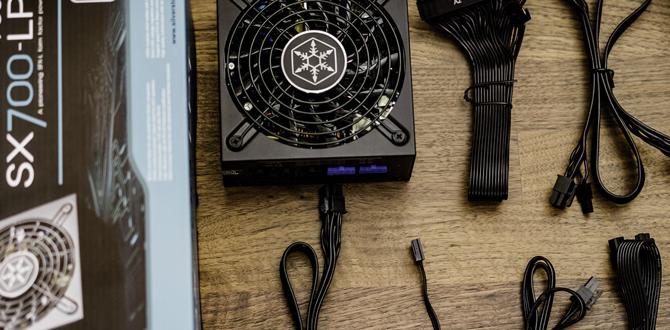As a gamer, ensuring the smooth operation of your gaming PC is crucial. One component that often gets overlooked but plays a crucial role in your system’s performance is the power supply unit (PSU). Knowing when to replace your gaming PC power supply can save you from potential disasters like system crashes or even hardware damage. In this article, I will discuss the signs of power supply failure, the factors that affect the lifespan of a PSU, and the recommended replacement interval.
Signs of Power Supply Failure
When your gaming PC’s power supply is failing, it can exhibit various signs that indicate a problem. Recognizing these signs early can help you avoid potential system damage. Some common signs of power supply failure include:
- Random system crashes or reboots
- Unusual noises like buzzing or whining
- Overheating of the power supply unit
- Fluctuating power to components
Factors Affecting Power Supply Lifespan
Several factors can affect the lifespan of your gaming PC’s power supply. Understanding these factors can help you prolong the life of your PSU and reduce the chances of unexpected failures. Some key factors affecting power supply lifespan include:
| Factor | Impact |
|---|---|
| Load | Running a PSU at maximum capacity can shorten its lifespan. |
| Temperature | High operating temperatures can degrade PSU components faster. |
| Cleanliness | Dust build-up can lead to overheating and reduce PSU efficiency. |
| Quality | Higher quality PSUs tend to have longer lifespans than cheaper ones. |
Recommended Replacement Interval
While there is no set timeframe for replacing a gaming PC power supply, it is generally recommended to consider a replacement every 5-7 years. Regular maintenance, monitoring for signs of failure, and keeping an eye on the factors affecting lifespan can help you determine the right time to replace your PSU.
Conclusion
Ensuring the health of your gaming PC’s power supply is essential for preventing system failures and maintaining optimal performance. By being aware of the signs of power supply failure, understanding the factors that impact lifespan, and considering a replacement interval of 5-7 years, you can proactively manage your system’s power needs.
FAQs
1. How can I check if my power supply is failing?
To check for power supply failure, look out for signs like random system crashes, unusual noises, overheating, and power fluctuations.
2. Is it necessary to replace my power supply if everything seems to be working fine?
Even if your power supply appears to be working fine, it is still advisable to consider replacing it every 5-7 years to prevent unexpected failures.
3. Can a faulty power supply damage other components in my gaming PC?
Yes, a faulty power supply can potentially damage other components in your gaming PC due to power fluctuations or failures.
4. How can I extend the lifespan of my power supply?
To extend the lifespan of your power supply, ensure proper ventilation, keep it clean from dust, avoid overloading it, and invest in a quality PSU.
5. What are the benefits of replacing my power supply regularly?
Regularly replacing your power supply can help prevent system crashes, hardware damage, and ensure the stable operation of your gaming PC.
